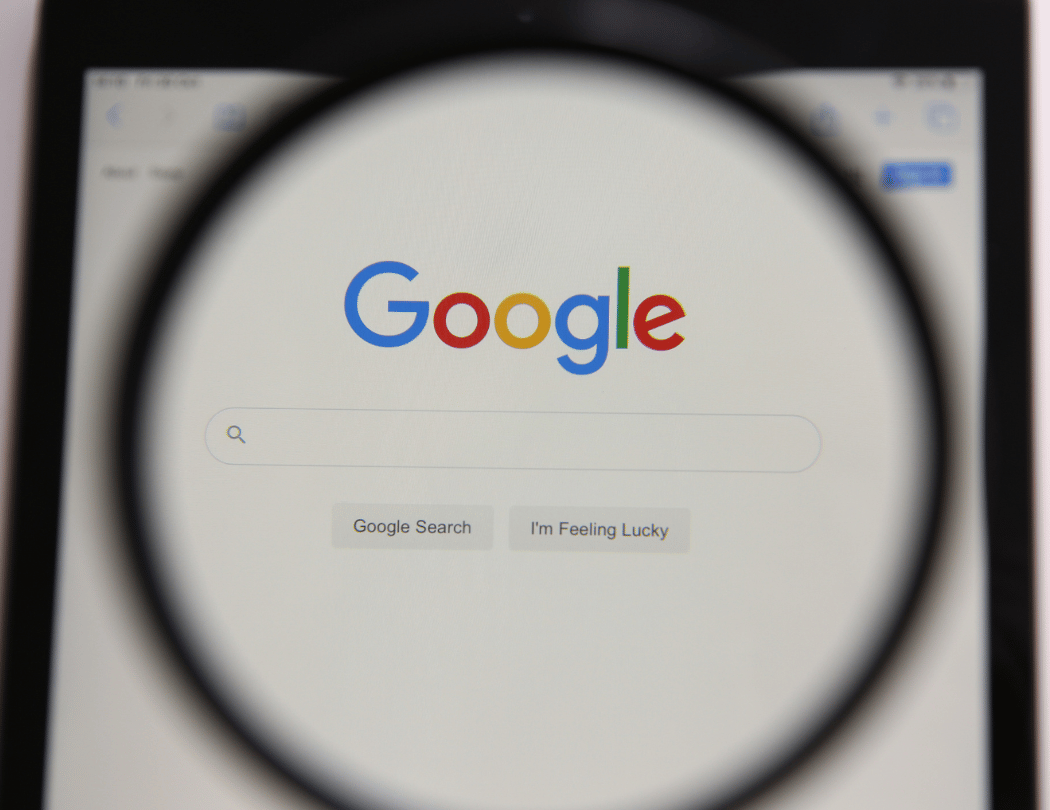Paid search advertising can be a game-changer for your business. This strategy is an excellent way of putting your business in front of others to stand out in a crowded market. It’s a smart way to attract potential customers who are already looking for what you offer.
In this post, we’ll guide you through the essentials of paid search advertising. You’ll learn how to select the appropriate keywords and avoid the common mistakes to make the most of your paid ad campaigns.
What Is Paid Search Advertising?

Paid search advertising is about placing your ads on search engine results pages (SERPs) and only paying whenever users click on them. The process starts with choosing relevant keywords that potential customers are likely to search for.
When a user inputs these terms, an auction takes place. Advertisers bid on these keywords, and the combination of bid amount and ad quality determines which ads appear and in what order. The higher the bid and the more relevant the ad, the better its position.
Ad quality is vital in paid search. Google and other search engines assess ad relevance and quality through metrics like click-through rates and the relevance of the ad’s landing page. Pay-per-click (PPC) expert Marko Kvesic highlights this by saying, “Always be relevant, create relevant campaigns, and give the user the answer to his query as precisely as you can.”
Understanding this auction process and the importance of search terms ensures that ads reach the right audience at the right time. Doing so will allow you to maximize the impact and efficiency of paid search advertising.
Types of Paid Search Advertising Keywords

Keywords are the key element of any successful PPC campaign. They determine when and where your ads appear, connecting you with potential customers. Using the right mix of keyword types can optimize your reach and relevance.
Paid search campaigns use various keyword types, each serving a unique role:
- Branded Keywords: These include your brand’s name or variations, like “Apple iPhone.” They target users familiar with your brand. Branded keywords often have higher conversion rates and lower costs since competition is less intense.
- Generic Keywords: These are broad terms related to your product or service, such as “laptops.” They attract a wide audience but can be costly due to high competition. While they drive more traffic, the relevance may vary, leading to mixed user intent.
- Long-Tail Keywords: These are detailed and specific phrases, like “best laptops for gaming.” They target niche audiences, resulting in lower costs and higher conversion rates. Although search volumes may be less, these keywords attract users with clear intent.
- Negative Keywords: These terms stop your ads from appearing in irrelevant searches. For example, if you sell premium coffee, adding “cheap” as a negative keyword ensures your ad doesn’t show for users looking for low-cost options. This improves the relevance of your campaign and saves budget.
As Rand Fishkin, founder of Moz and SparkToro, says, “On-page SEO is no longer satisfied by raw keyword use. Matching keywords to searcher intent is critical.” Aligning your keywords with user intent enhances your campaign’s effectiveness, ensuring your ads reach the right audience at the right time.
5 Mistakes to Avoid in Paid Search Advertising

Even seasoned marketers can stumble when managing paid search campaigns. Avoiding common pitfalls can significantly enhance your campaign’s performance and ROI. Here are some frequent mistakes and how to steer clear of them:
- Ignoring Negative Keywords: Not using negative keywords can lead to your ads showing up in irrelevant searches. For instance, if you sell high-end electronics, add “cheap” as a negative keyword to avoid drawing in bargain hunters.
- Setting and Forgetting Campaigns: Failing to monitor and adjust your campaigns regularly can waste budget and reduce effectiveness. Regularly check performance metrics and tweak bids, ad copy, and keywords to stay competitive.
- Poor Ad Copy: Ad copy that doesn’t resonate with your target audience won’t drive clicks. Ensure your ads are compelling and clearly convey the benefits of your product or service. Use solid calls to action and highlight unique selling points.
- Overlooking Mobile Optimization: With increasing mobile searches, not optimizing ads and landing pages for mobile users can result in missed opportunities. Be sure your website loads quickly on mobile devices and offers a seamless user experience.
- Neglecting Quality Score: Google’s Quality Score affects ad placement and cost-per-click. Improve this by ensuring your keywords, ad copy, and landing pages are relevant and high quality. A higher Quality Score can lower costs and improve ad rankings.
Conclusion
Paid search advertising is an excellent approach to elevate your business in a crowded market. It effectively puts your brand in front of potential clients and customers who are looking for your products or services.
By deciding on the right keywords, crafting compelling ads, and managing your budget wisely, you can attract more qualified leads and make the most of your ROI.
Start optimizing your campaigns today to see significant improvements in your online presence and sales!
